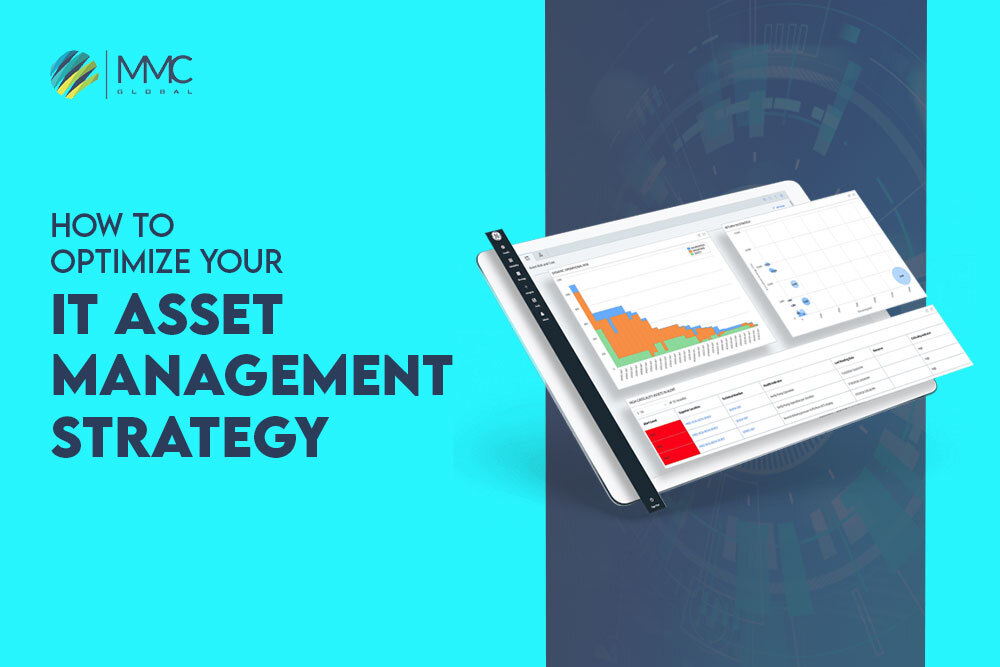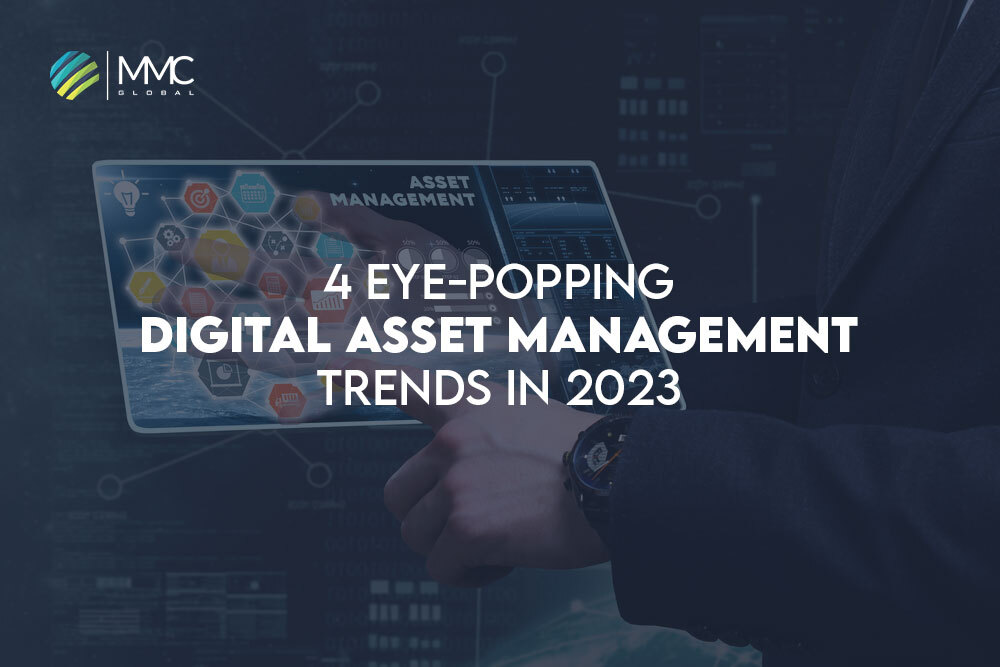Every industry possesses assets in tangible or intangible forms. Similarly, the process of managing assets is different and unique. It will ultimately unlock efficiency, save time, and improve productivity throughout the company.
To know better about your asset management approach, you must be familiar with and need in-depth knowledge of almost every type of asset. Asset management is highly viable for companies with bulk products and requires proper management from production to supplies. For example, in the supply chain, you must need a proper channel to organize your in-stock products, monitor deliveries, and track all shipments even across the border.
Similarly, IT hardware is another industry that pervasively wants a proper asset management solution to keep track of hardware development, installation, licensing, and other matters.
Moreover, asset management is a broad scope that every industry carefully works on to streamline their business operations. Let’s deeply analyze asset management, its type, and what companies do to unfetter their business operations.

What is Asset Management?
In simple words, managing and organizing resources and possession is called asset management. In business terminology, asset management refers to organizing and managing all valuable assets, such as manufacturing, supplies, and production.
There are 5 types of asset management you need to watch out for before implementation.
Digital Asset Management (DAM)
Storing and securing all digital media assets come under the type of digital management asset. To refrain from any inconvenience in losing digital assets, digital agencies can highly rely on DAM software to protect confidential and non-confidential files such as images, videos, recordings, etc.
Digital asset management (DAM) from a reputable IT firm can help you store, organize, share, and manage digital assets such as images, videos, audio files, documents, etc. Digital asset management systems can help big MNC firms to retrieve their digital assets quickly and efficiently. It can also enable a business organizations to quickly access, organize and manage all their digital assets in a centralized and secure location. Digital asset management systems can manage digital assets in real-time for various business processes and activities such as social media marketing, advertising, media production, and other creative processes.
Fixed Asset Management (FAM)
Companies operating their business around fixed asset management also need asset management solutions to maintain records. For example, real estate owners have bulk information about capital or lands. Managing all the data from clients or property owners requires a managed solution. Although fixed assets have a long lifespan, they still need management regarding allocation, maintenance, claiming warranty, monitoring and tracking the values, and much more.
IT Asset Management (ITAM)
Hardware and software management refers to IT asset management that includes tangible and intangible services and devices. However, businesses dealing with hardware like laptops, computers, data centers, etc., require management. It can consist of vendor data, selling data, warranty claims, refurbishing, and other related services in operating with IT asset management. Moreover, software asset management includes licenses, subscriptions, terms & conditions, etc. Implementing IT asset management solutions streamlines instant communication, data storage, record keeping, file sharing, etc.
Enterprise Asset Management
Leading enterprises backed by extensive documentation, data, employee records, physical infrastructure, and other assets need a highly supportive management system to keep everything aligned and accessible to the concerned business stakeholder. Moreover, large inventories and supplies also play a big part in asset management, from allocation to distributions.
Financial Asset Management
Financial assets management regulates financial responsibilities and financial investments. The financial institutions, banking, real estate, and investment all lie under financial asset management. Asset management in this category entails keeping an eye on exchange rates, tax obligations, and other financial obligations, including debts and interest calculations.
Bottom Line
Above-mentioned types of asset management rule over multi-functional business operations. Now you can pick the best asset management solution to help you run your business without hassle and mismanagement. You can contact us if you are looking for a professional asset management team. We have a huge resource that can look after your project with 100% expertise and collaboration.



